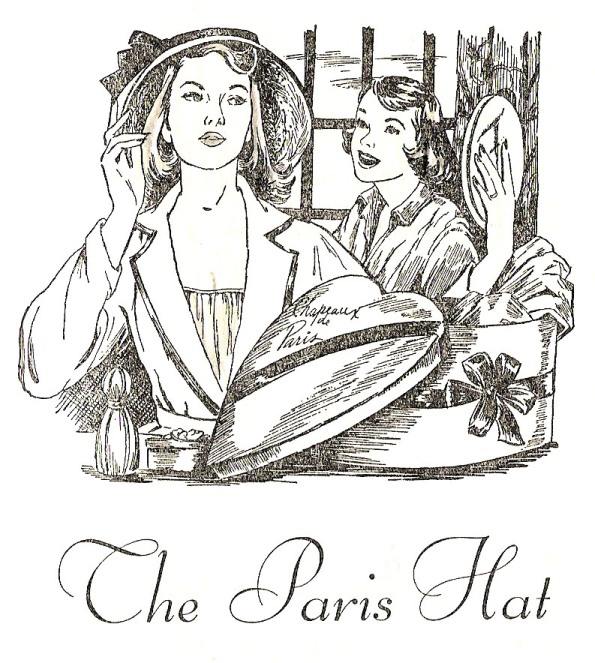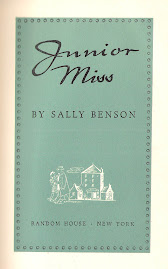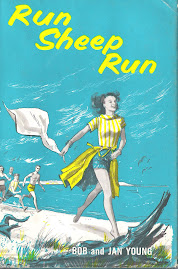 Title: Sister of the Bride
Title: Sister of the BrideAuthor: Beverly Cleary
Publisher: William Morrow, 1963
Setting: Bayview, California, just over the cloverleaf from Berkeley
Fun: folk songs, Tootie Bodger; the Latin Club Banquet; burlap placemats
Quote: "At the end of each semester there is a party," continued Rosemary with a mischievous smile. "That is when the girls who work while their husbands go to school are awarded their Ph.T. degree." Barbara had heard of a Ph.D. degree, but never of a Ph.T. This was a new one. "What does that stand for?" she asked, pulling on her nightgown. "Putting Hubby Through," answered Rosemary, laughing.
Beverly Cleary had already established herself with Henry Huggins and the first Ramona book when she began writing teen novels in the late 1950s. (She also worked on the novelization of Leave It to Beaver around that time, so perhaps she was willing to turn a hand to anything that would find a ready market.) The result was four novels -- Fifteen, Jean Loves Johnny, The Luckiest Girl and Sister of the Bride -- which have remained in print. All of these novels are fairly simple romances with fairly typical characters. And yet they have the mysterious characteristic of looking ahead, not backwards. They are time capsules -- right down to the cost of a can of tamales at Safeway (4 for 39 cents) -- but they don't read like them. Consider this passage from Sister of the Bride, describing the guests at Rosemay's bridal shower:
"Although the sisters had always lumped the Amys together, there was actually a variety of women in the room -- the Amy who wore leather sandals and wove her own skirts, another who was active in the League of Women Voters, the mother whose calm was never disturbed by her six children, the mother who wanted to write but couldn't find the time, an Amy whose rough hands and deep tan were the result of hours spent in her hillside garden."
It's hard to read this without a sense of recognition, even 50 years later. And so it goes with the plot of the book. Barbara's parents are teachers (her mother teaches "slow" students) in a hilly suburb of San Francisco. Her brother wants to be a folk singer. Her sister Rosemary, who is without a trace of political consciousness, attends Berkeley. Her fiance works in the "Rad Lab," there, helping to smash atoms. And upon hearing that her sister is engaged, Barbara naturally dreams of silverware patterns, a country-club reception and catching the bouquet. But then the book opens up. Barbara visits her sister's prospective new home -- a slovenly apartment they will occupy rent-free in exchange for playing landlord. She begins to think about marriage beyond the magazine covers, and about the two boys who sometimes occupy her attention. Suddenly they don't look much like marriage material -- if she wants to marry at all.
"Life was interesting, something to be explored, and suddenly a wedding did not seem nearly so desirable...She did not even know which she preferred, Bill's thoughtless exuberance or Tootie's fumbling seriousness. But she did know one thing -- it was going to be fun to find out."










No comments:
Post a Comment